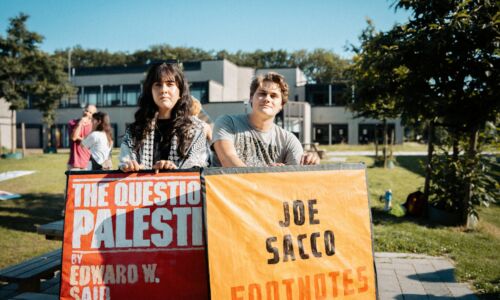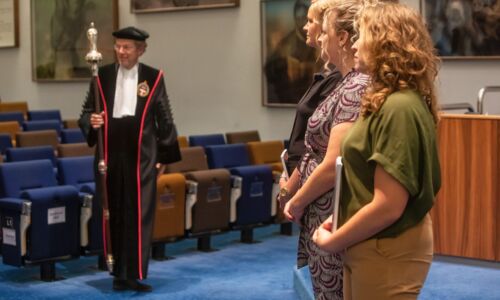‘I don’t kill animals just for fun’
-
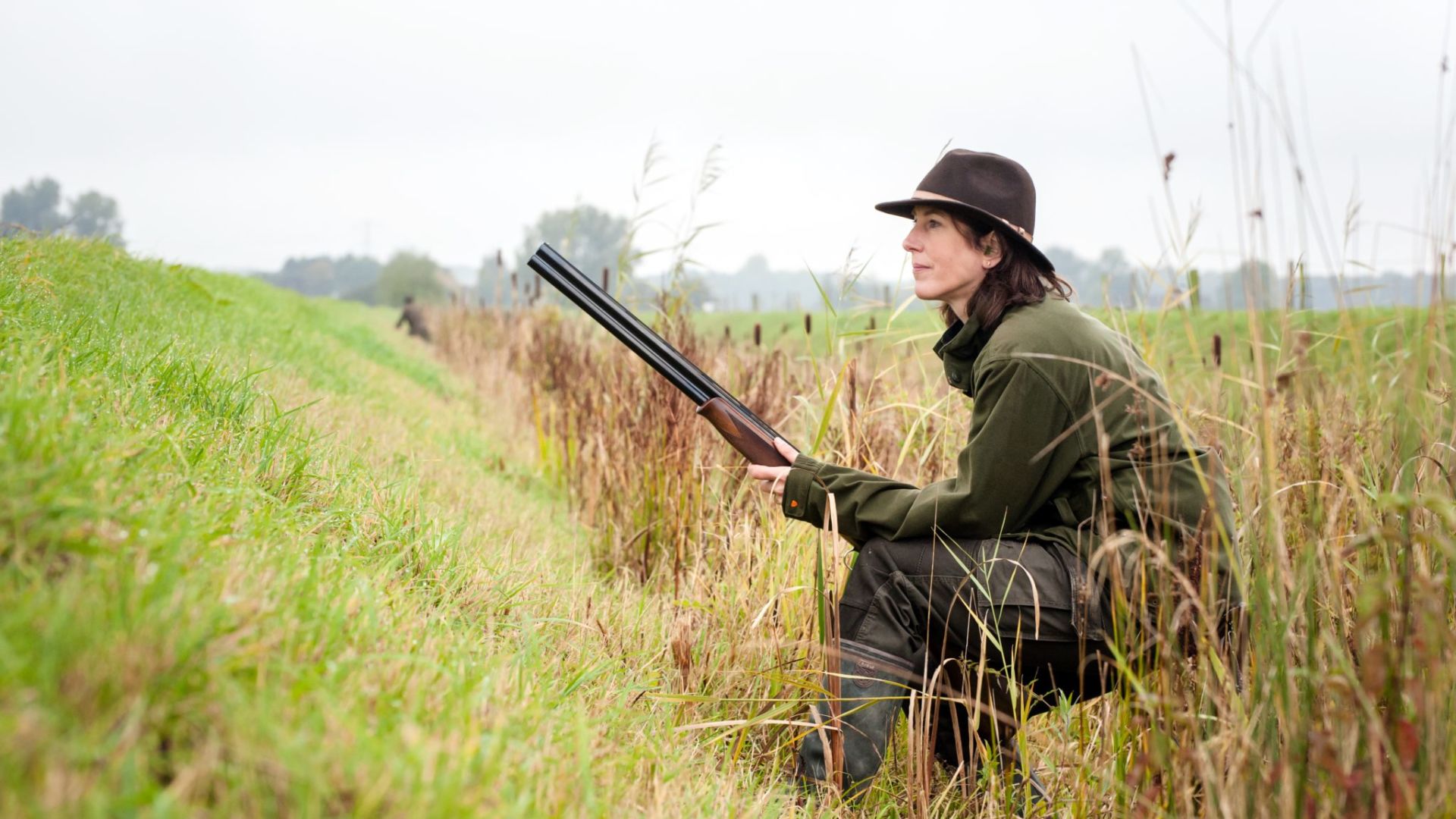 © Anoeska van Slegtenhorst
© Anoeska van Slegtenhorst
Hunting is so much more than shooting a gun. Odette Zonnenberg, nurse at Radboud university medical center: ‘If you think people shoot animals for pleasure, you don’t understand what nature management is about.’
On the terrace of the Berg en Dal pancake restaurant De Duivelsberg, Odette Zonnenberg takes her phone out of her trouser pocket. She runs her fingers over the screen, taps Play and shows me the video. In the dark, I see a group of wild boars rooting around. The black and white footage is taken with a thermographic camera. The visor aims at one of the boars, and seconds later the animal falls to the ground, writhing.
And no, Zonnenberg, who works as a nurse at Radboud university medical center, doesn’t show these kinds of videos to her colleagues. ‘Not everyone appreciates it. I know by now which of my colleagues not to approach.’
‘People think hunters just kill animals for fun, but they don’t understand the story behind nature management’
Odette Zonnenberg is a hunter, and the Duivelsberg nature reserve is her hunting ground. The nature reserve, right next to the German border, looks rather un-Dutch, with its wooded hills, its streams, and its wide vistas. Walkers share it with foxes, salamanders, owls, predatory birds, deer and wild boars. And with hunters who, like the animals, prefer to remain out of sight. Zonnenberg usually avoids leaving her car on the busy car park outside the pancake restaurant. ‘I’m all too aware of the fact that I walk around carrying a big gun.’
Waiting
She left this gun at home this afternoon. She is, however, wearing her dark green hunting gear, which helps her be less visible among the trees, especially at dusk. From the pancake restaurant, it’s only a five-minute walk to a place in the woods, out of view of the walkers on the paths. There’s a seat in one of the trees, a few metres above the ground, which can be reached by a ladder. This is where Zonnenberg sits hunting, immobile and silent, her gun at the ready.
If you think hunting deer and wild boar is a vigorous activity, you couldn’t be more wrong. Hunting big game consists mostly of waiting until a deer or boar makes its appearance. Even then, you can’t just shoot it and go home. You first have to observe your prey carefully. Zonnenberg: ‘Is it male or female? With wild boar, we prefer to shoot the males first. Does it have a litter? Is it pregnant?’
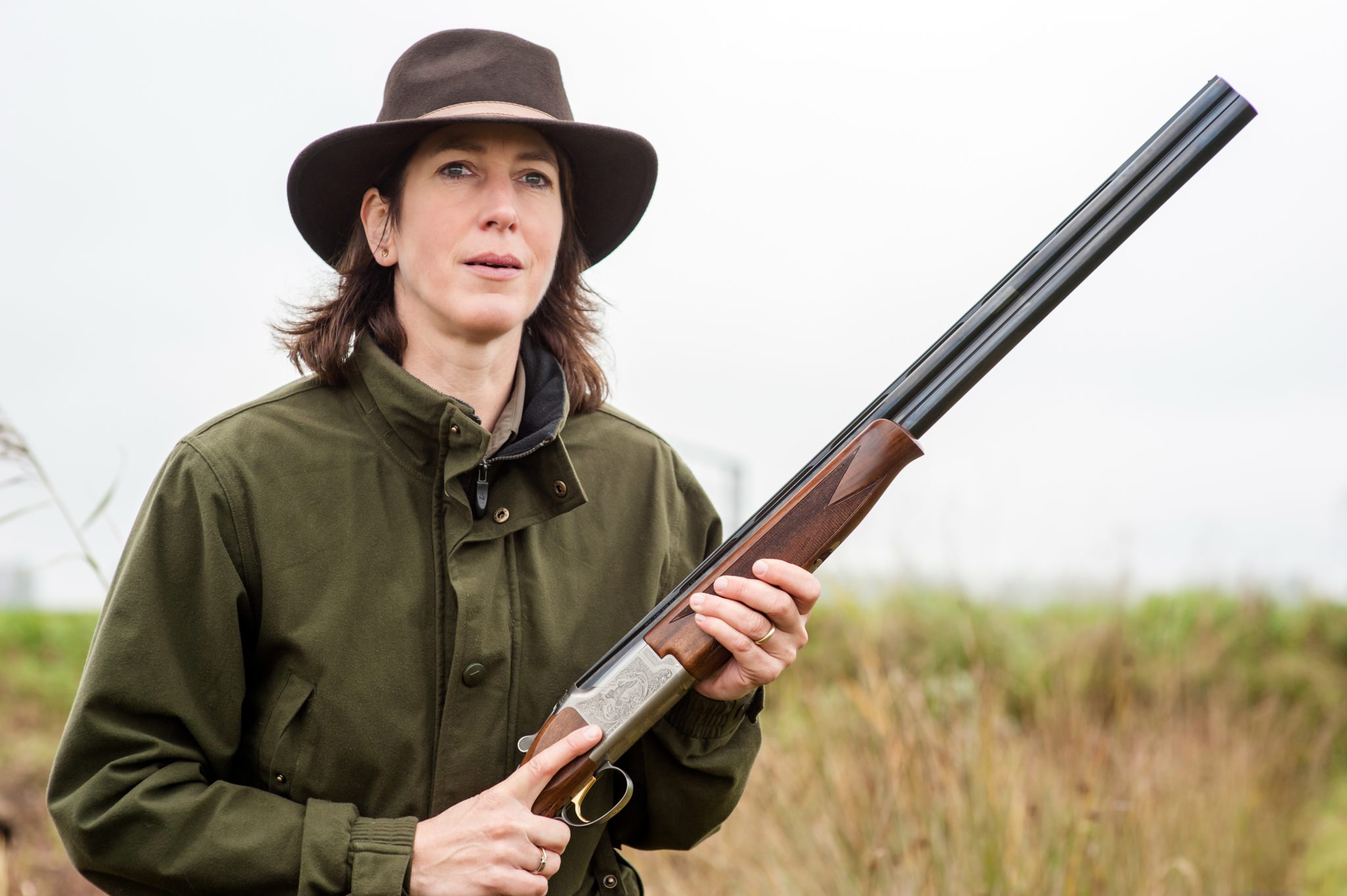
Even after checking all the boxes, she can’t just go ahead and pull the trigger. First the animal has to stand in the right position. A deadly shoulder blade shot, where the bullet passes straight through the heart, can only be fired from the side.
‘When I was aiming to shoot my first deer, I felt really shaky. It’s normal; we call it ‘buck fever’. When you’re inexperienced, you hear an approaching deer in every trembling leaf. In my case, it turned out to be two squirrels. I don’t have the shakes anymore. But I’m still always careful to make a deliberate decision: is this the one? I always hunt with passion and feeling. Not with the attitude of ‘let’s go shoot some rounds!’.’
‘When I hit an animal, I pray it stays down. What you want is a single shot that kills the animal quickly.’ Responsible hunting – hunting with respect for the wild animal and in accordance with the relevant codes of conduct – always has the highest priority, says Odette. But humans are fallible. ‘No hunter can say: I’ve never missed my mark.’ Once you’ve delivered a lethal shot, you still have work to do. Even after a perfect shoulder blade shot, a deer can still walk up to eighty metres before it falls down. This is where Zonnenberg’s scent hounds Dieke en Otto come in useful: they’re trained to locate wounded game.
Once found, the roe deer or boar is eviscerated on the spot: using a knife, Zonnenberg slices the abdomen open to remove the entrails. These are left behind in the woods, for the scavengers. Only then does she take the carcass to her car.
Counting roe deer
And this too is easier said than done. ‘You can’t just drive around the country with a roe deer on the backseat,’ says Zonnenberg. To hunt, you need a permit, and a hunting licence, which you only get once you’ve completed a theory and practical training programme. You then have to apply for a permit to be active in a specific area. Some hunters have to wait for this for years. Zonnenberg was invited to join a wildlife management unit. ‘I’m in a luxurious position.’
‘I don’t find death deterrent’
Hunting is not only a privilege, it’s also a responsibility, says Zonnenberg. ‘Lots of people think hunters just kill animals for fun, but they don’t understand the story behind nature and population management.’ Take the wild boars in the area around Duivelsberg. The owner, Staatsbosbeheer, specifically relies on hunters to keep the population as small as possible. Boars dig up the soil, causing damage to farm land, and there’s the risk of them spreading African Swine Fever.
Another task that wildlife management units such as Zonnenberg’s contribute to is the national roe deer count that takes place around March. These tallies are used to estimate the actual number of roe deer. This figure, in turn, is used to determine how many roe deer hunters can shoot.
‘With roe deer, hunters distinguish between males and females,’ says Zonnenberg. ‘The period for shooting females is nearing its end now, because the females are pregnant. This is a time for hunters to act responsibly: you leave the females alone, so they can give birth to their young. 1 April marks the start of the roebuck shooting period, when we’re allowed to shoot males.’
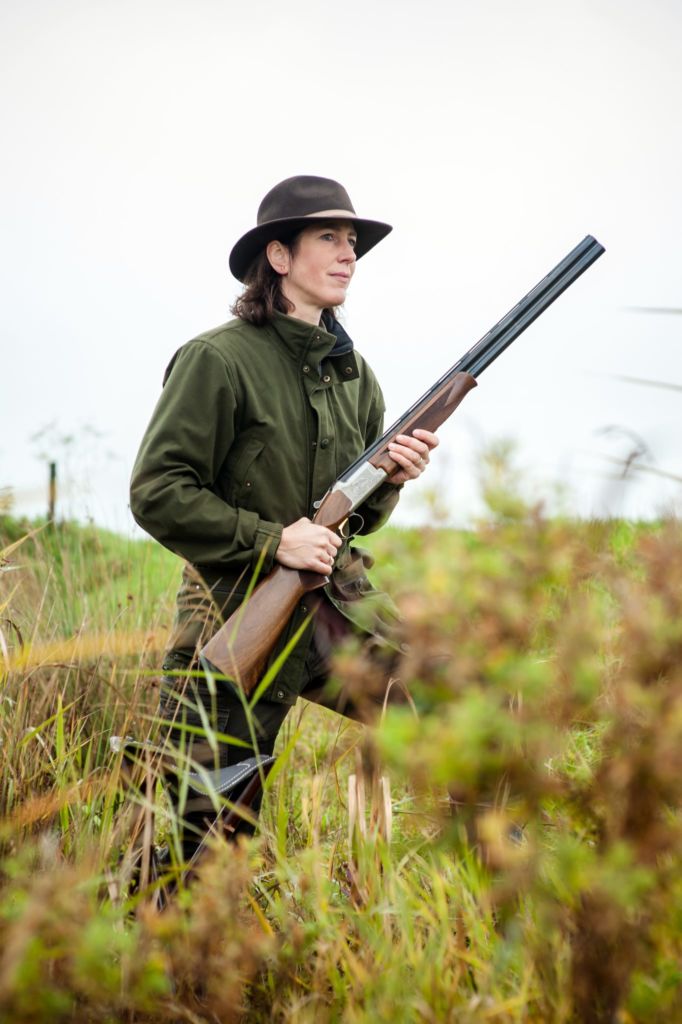
Not that roe deer cause so much damage that their population must be ‘controlled’. But in large numbers, they do represent an increased risk for road safety. In the Netherlands, there are thousands of accidents every year involving collisions with deer, roe deer and other wildlife.
According to Zonnenberg, incidents like the fuss about the Oostvaardersplassen, where 1800 deer had to be shot last winter, prove the real need for wildlife management. ‘I really take issue with what happened there. There was no population control and no consistent policy. Things should never have got that far: so many animals on such a small piece of land, with far too little food.’
In short, ‘by managing nature you also ensure the animals’ survival,’ says Zonnenberg. All of which is not to deny the experience, even the pleasure of hunting: the excitement, being outdoors, working with animals, the traditions. And: ‘What could be more delicious than a roasted piece of meat you shot yourself?’
Piece of meat
In her work as a nurse at Radboud university medical center, Zonnenberg cares for heart patients in intensive care. She often ponders the contrast between her work and her passion for hunting. ‘My patients are people whose heart, the engine that drives their body, is in need of repair. And I’m there to help them recover afterwards. At other times, I kill animals by shooting them through the heart.’ She understands that some people might see this as contradictory. ‘But it all comes from my passion for people, animals and nature.’
Zonnenberg is not afraid of death, which is so clearly present on the IC ward. ‘It might sound strange, but I don’t find death deterrent. I’ve seen so many people die that I know now there’s nothing scary about it. It’s a beautiful thing to be able to assist someone at the end of their life, or to assist their next of kin.’

